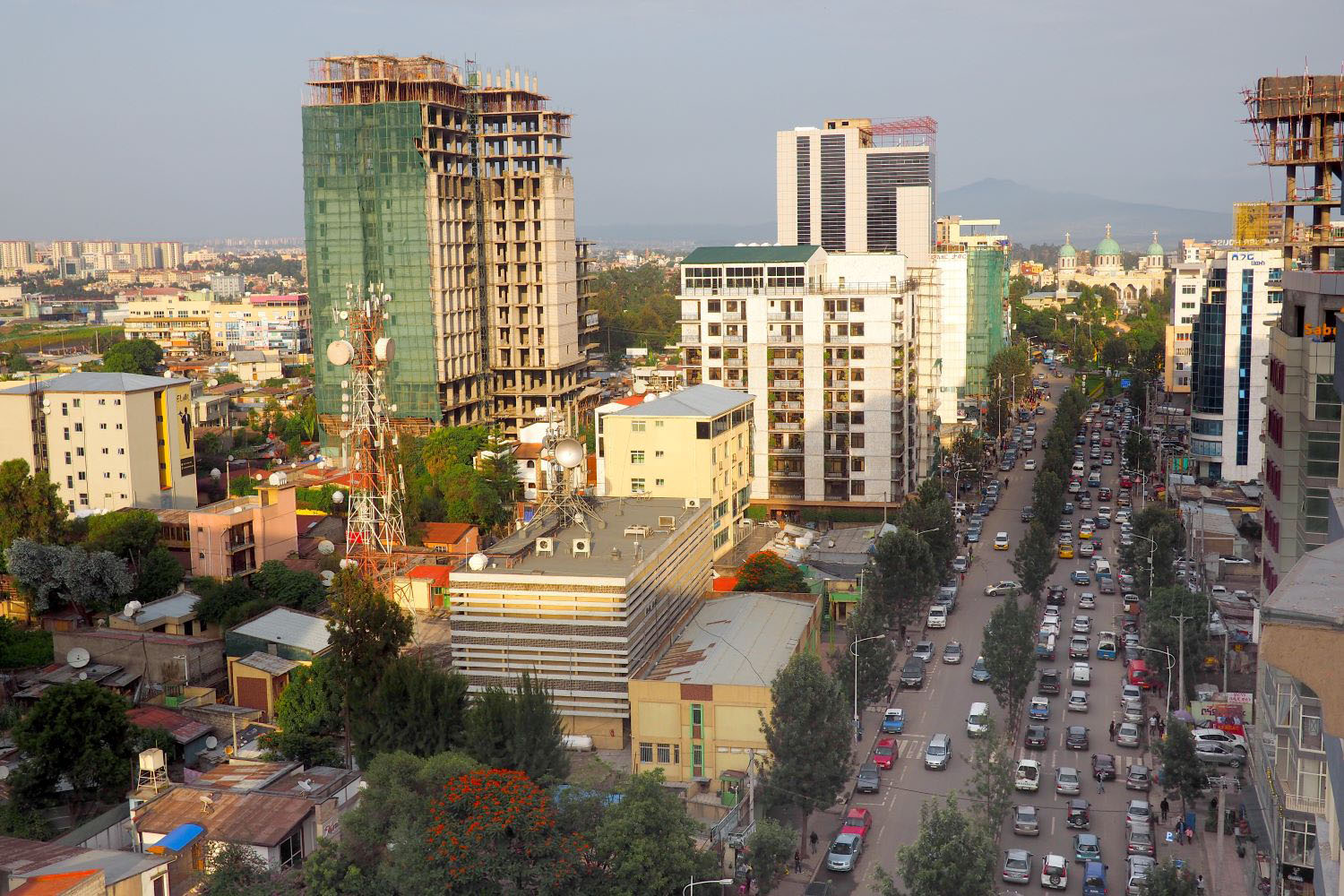Recommended
This paper explores the potential implications of a declining absolute labor force on economic outcomes. It explores key macroeconomic variables during periods of negative and positive prime age (15-65) population growth (PAPG). These variables include 10-year bond yields, consumer price indices, female labor force participation, GDP, government expenditures, government revenue, and stock returns. We find effects may include lower economic growth, declining government revenues, flat or declining labor force participation, and lower investment returns. As negative PAPG is spreading worldwide, this portends a less favorable economic outlook.
From the paper:
For nearly all of the past 200 years (and longer), the vast majority of the world’s countries have seen population growth and, in particular, working age population growth. But since 1990, more and more countries are seeing declines in working age populations. By the 2050s, the majority of the world’s people will live in countries where the working age population is falling. This paper is a descriptive study exploring the potential implications of this change on economic outcomes. It looks at key macroeconomic variables during periods of negative and positive prime age (15-65) population growth (PAPG). These variables include 10-year bond yields, consumer price indices, total and female labor force participation, GDP, government expenditures, government revenue, and stock returns. The analysis suggests negative PAPG is often associated with weaker economic performance.
As well as a literature on the impact of overall changes on growth, a number of studies have looked specifically at the impact of declining prime age population share in the economy, and suggested it is associated with slower economic growth through a range of channels including a lower worker-to-population ratio, an aging workforce that is less innovative, lower savings rates, fiscal challenges including health and pensions outlays, and greater demand for products from sectors that see low productivity growth. We are particularly interested in the transition from positive to negative absolute PAPG. This is clearly related to a declining prime age share of the population, but is a less common and potentially more extreme event, in that it suggests the potential for stranded capital in the face of declining availability of labor. Stranded capital is an idea associated with climate change and the risk that investments in carbon-intensive industries will fail as policy and technological change reduce demand for carbon-intensive products. A similar process may occur with labor-intensive industries in the face of a declining labor force. And it might be associated with lower stock market returns and depressed interest rates, declining tax revenues and lower growth.
Read the full paper here.
Rights & Permissions
You may use and disseminate CGD’s publications under these conditions.
Image credit for social media/web: Allison Kwesell / World Bank







